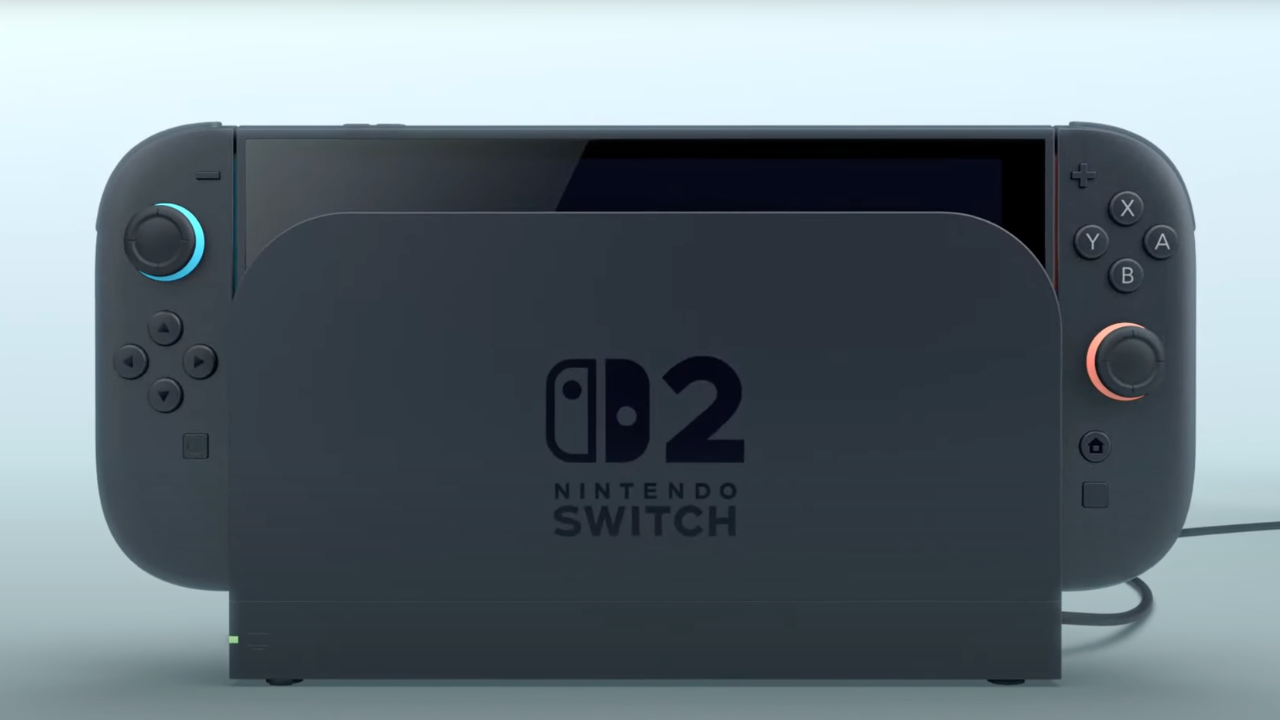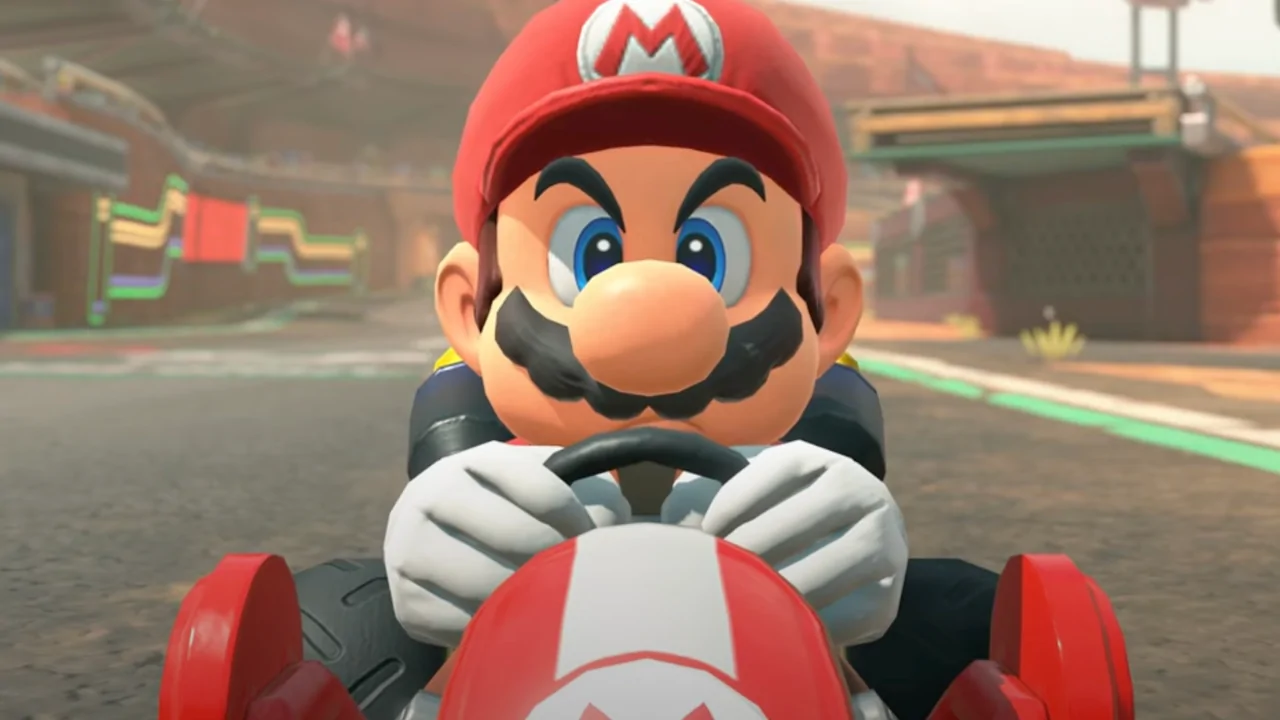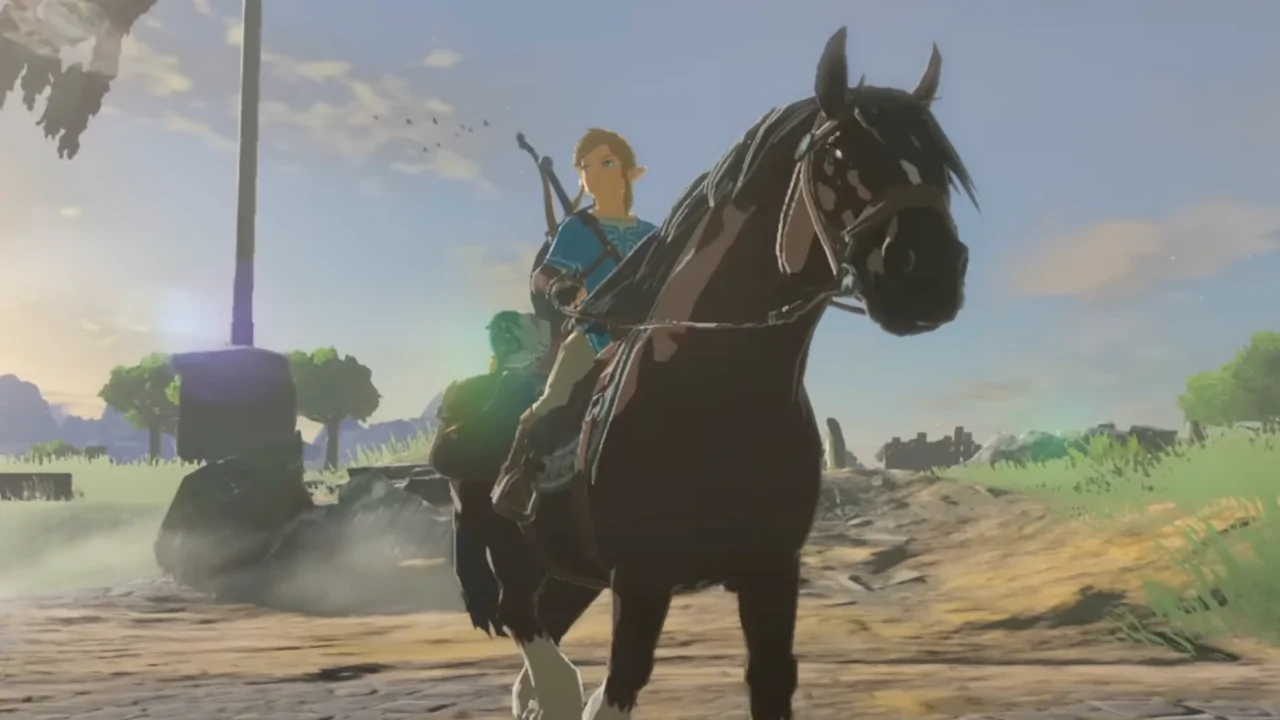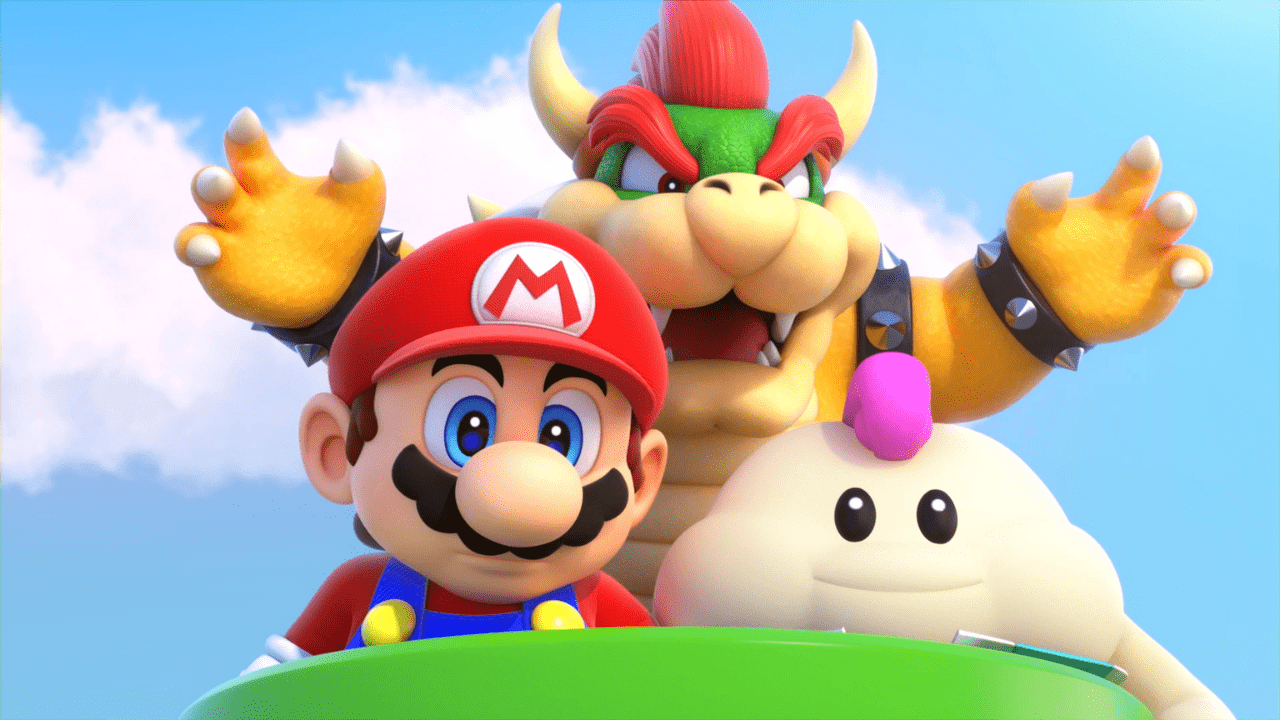
The upcoming Nintendo Switch 2 is set to hit stores with a price tag of $449.99, slightly less than the PlayStation 5’s price. However, despite being close to the true next-gen hardware cost, preliminary reviews suggest that the Switch 2’s performance will be similar to the PS4, which was released in 2013 for $399.99 and can now be purchased second-hand for around $200.
The obvious question is: where’s the value, Nintendo?

As a follower, I find myself grappling with this question more and more, particularly as a supporter who’s always looked up to Nintendo for its tradition of budget-friendly, inclusive gaming experiences. However, what we’re seeing now is a shift towards a high-priced system, boasting outdated performance capabilities—yet retaining its charm in portability and the timeless IPs that Nintendo is known for.
The contrast in performance between a PS5 and an anticipated Switch 2 model is quite pronounced. A PS5 boasts a solid-state drive for swift loading, 4K resolution, ray tracing, and comprehensive third-party backing for top-tier games. On the other hand, the Switch 2 is speculated to reach performance levels comparable to a PS4 Pro, providing enhanced visuals and load times compared to its predecessor; however, it still lags significantly behind what current hardware can offer.

Essentially, Nintendo seems to be offering something other than just hardware – it’s more about evoking nostalgia, fostering brand loyalty, and promoting a unique blend of handheld-console gaming. This approach proved incredibly successful with the original Switch, which has sold over 130 million units. However, as software prices rise and venture into uncharted territories, consumer expectations have evolved accordingly.
On the Nintendo Switch 2, first-party games are now retailing for anywhere between $70 and $80. For instance, “Mario Kart World” is priced at $80, while enhanced versions like “The Legend of Zelda: Breath of the Wild – Switch 2 Edition” sell for $70. However, this price doesn’t account for the original DLC, which can add an additional $20 to the total cost. Consequently, the complete price for a game released in 2017 on a 2025 console could reach an impressive $90.

Stepping back into the nostalgic realm of the cartridge era, I find myself reminiscing about the variable pricing model that once graced the NES, SNES, and N64 consoles. Games such as “Chrono Trigger” and “Street Fighter II” were priced higher due to their expansive ROM sizes or unique custom enhancement chips. It was not uncommon for new releases to retail anywhere between $40 and $80, reflecting the intricacy and additional features they offered.
In those days, there was no standard procedure for making and selling discs, nor was digital distribution as widespread, leading to an uneven playing field. Nowadays, the majority of consoles adhere to a consistent pricing structure for new games, with premium editions or extra content being the primary factors affecting the overall cost. However, Nintendo’s recent move towards flexible pricing seems risky—more so when considered alongside a console that lacks the power of its competitors in terms of raw processing capabilities.
Essentially, Nintendo is providing a $10 upgrade option for those who possess Switch games and wish to get the Switch 2 versions. However, individuals joining the scene may find themselves paying high prices for rehashes of older games that often can be found at lower costs in their original platform versions.

The Switch 2 is costlier than its original version and the games can be quite challenging for players, which could make potential buyers hesitant. Unless Nintendo has some exciting new features or exceptional exclusive games, they might struggle to convince customers that it’s worth the higher price tag in a market post-PS5, where nostalgia may not suffice as justification for premium pricing.
The release date for the Switch 2 is set for June 5th; however, pre-orders in North America have temporarily halted as a result of intricate tariff issues arising from the latest trade policies implemented by President Trump.
As a passionate movie-goer, I’ve got to share some thoughts on the masterful move by Naughty Dog – selling us the same captivating story five times! Yes, you heard it right. This summer, we’ll be graced with The Last of Us Complete release.
Let me explain. If you’ve played the original The Last of Us, you know the emotional rollercoaster it took us on. Now, get ready to relive those moments in The Last of Us Remastered, followed by Left Behind – a heart-wrenching expansion that deepens our connection with the characters we love.
But here’s where Naughty Dog really outdid themselves: they gave us The Last of Us Part II. This sequel not only continues the narrative but offers a fresh perspective on the events we thought we understood. And if that wasn’t enough, they’ve now compiled all these experiences into one comprehensive package – The Last of Us Complete.
So, buckle up, fellow gamers, because this summer, we’re embarking on an unforgettable journey once more. The Last of Us Complete is a testament to the power of storytelling in gaming and a chance to revisit some of our favorite moments all over again.
Read More
- Gold Rate Forecast
- PI PREDICTION. PI cryptocurrency
- Rick and Morty Season 8: Release Date SHOCK!
- Masters Toronto 2025: Everything You Need to Know
- We Loved Both of These Classic Sci-Fi Films (But They’re Pretty Much the Same Movie)
- Mission: Impossible 8 Reveals Shocking Truth But Leaves Fans with Unanswered Questions!
- SteelSeries reveals new Arctis Nova 3 Wireless headset series for Xbox, PlayStation, Nintendo Switch, and PC
- Eddie Murphy Reveals the Role That Defines His Hollywood Career
- LPT PREDICTION. LPT cryptocurrency
- Elden Ring Nightreign Recluse guide and abilities explained
2025-04-14 18:55